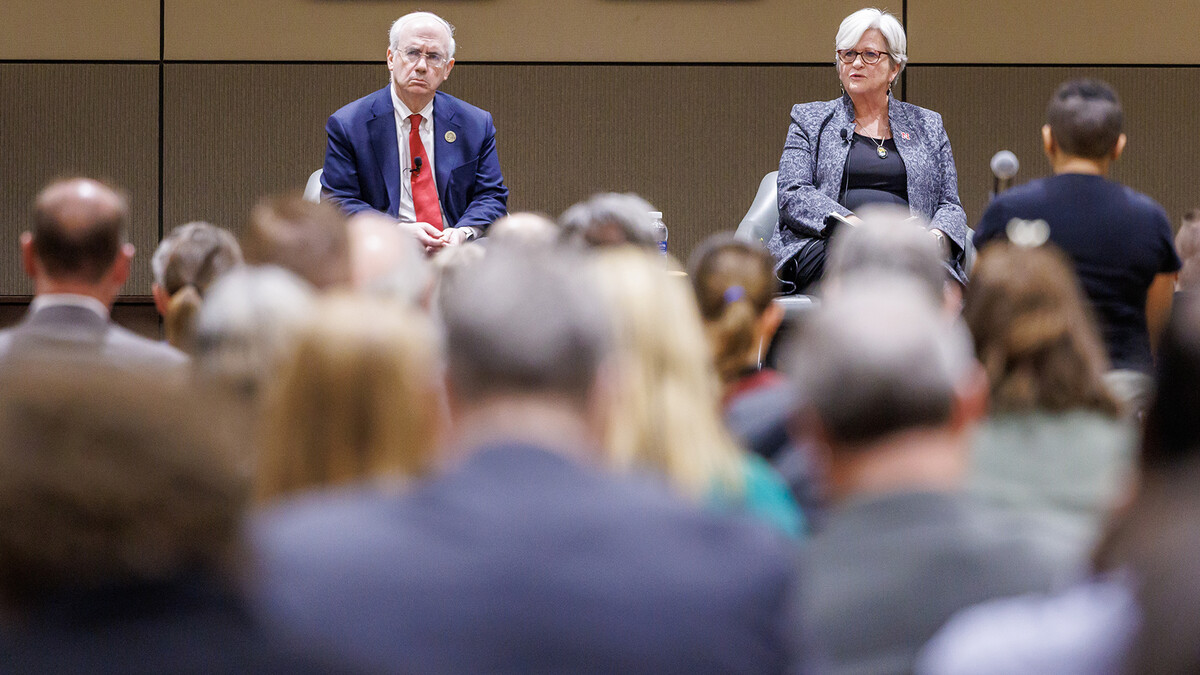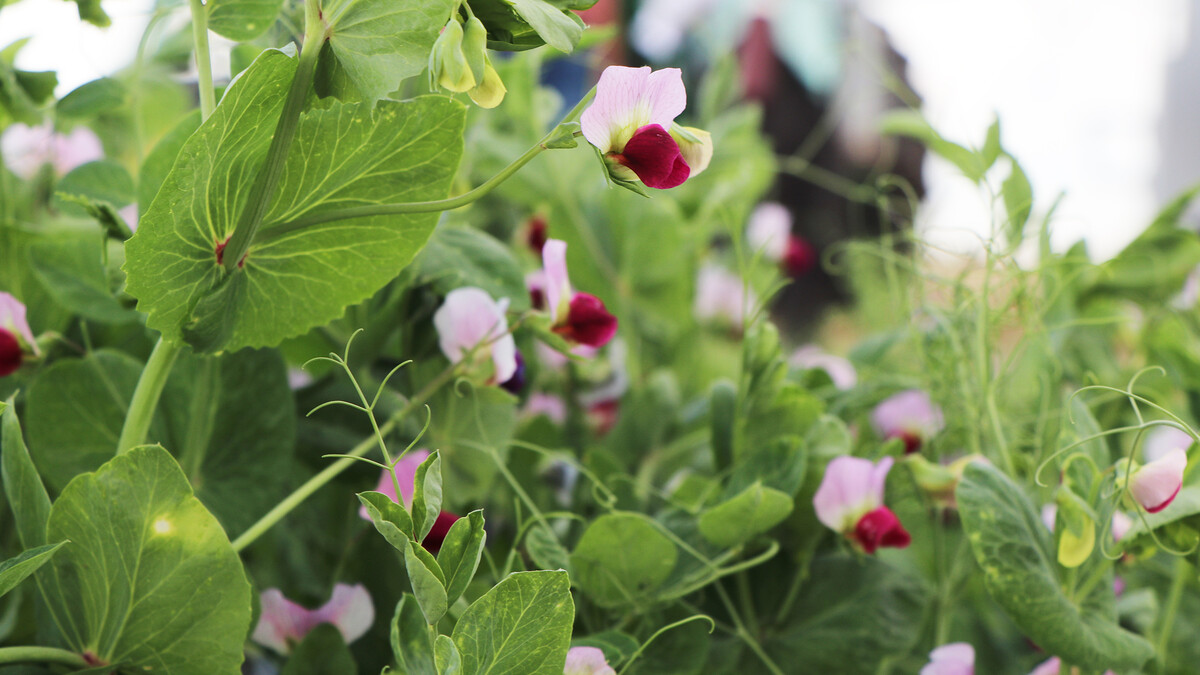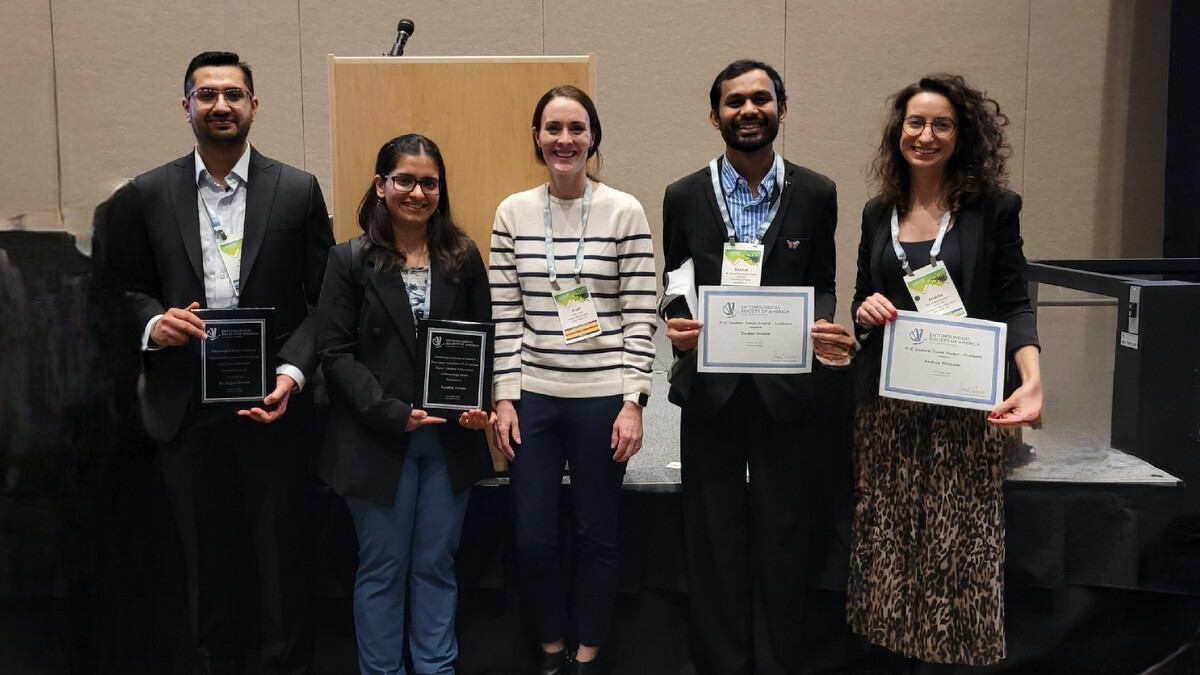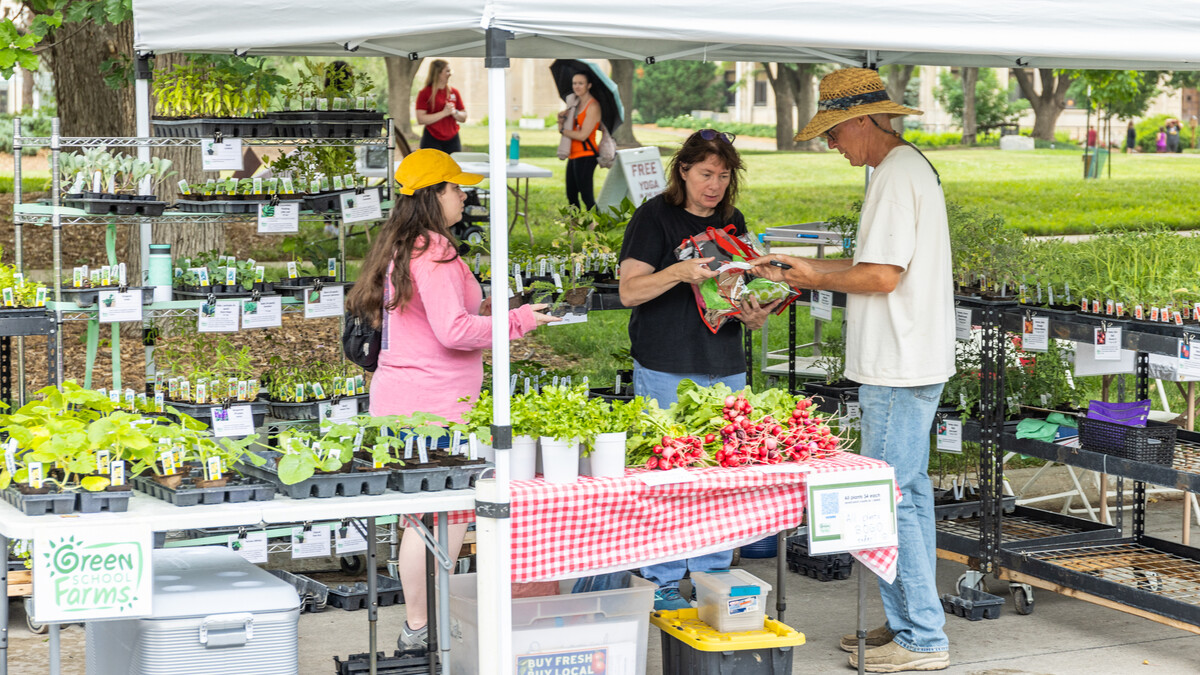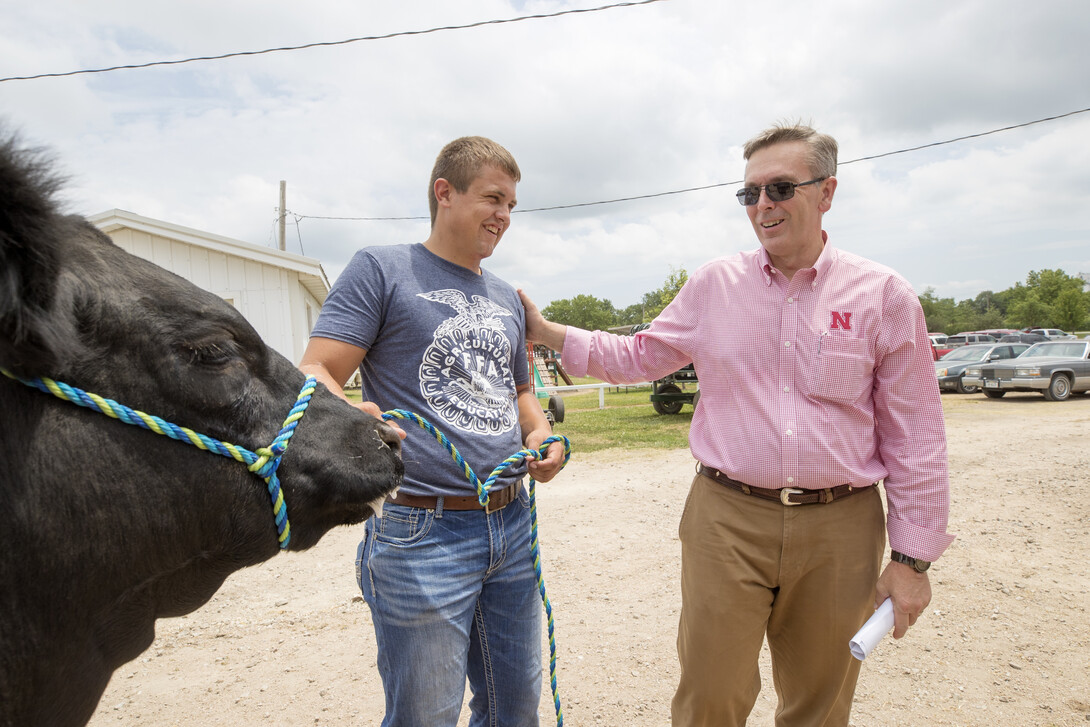
Lincoln, Neb. —All across Nebraska, county fair boards and ag societies are working to determine what their fairs will look like in 2020.
Some counties have elected to cancel their fairs in an effort to slow the spread of COVID-19. Others are choosing to proceed -- though perhaps in a modified, socially distanced way. Others still continue to weigh the pros and cons.
Nebraska 4-H is committed to making sure every single youth involved in 4-H across the state has the opportunity to show their livestock and exhibit their projects this summer, whether or not their county is having a fair, and no matter what that fair looks like, said Chuck Hibberd, dean and director of Nebraska Extension.
“We want to provide a 4-H experience at the county fair that is robust, that is safe, that is enjoyable and that gives our 4-H youth the opportunity to exhibit their hard work,” he said.
Just as fairs boards and ag societies are figuring out what fairs will look like in the era of COVID-19, Nebraska 4-H is still figuring out how to adapt both livestock shows and static exhibits to adhere to recommendations from the governor’s office, the University of Nebraska and district health departments. But through teamwork, creativity and hard work, they’re getting closer.
In Platte County, which has one of the earliest fairs, Platte County Agricultural Society, the Platte County 4-H Council, the Platte County Board of Supervisors East Central Health District have been working together to imagine a fair in the era of COVID-19, said Jill Goedeken, Platte County 4-H youth development extension educator.
Representatives from the agricultural society, the 4-H Council and the county board of wupervisors began discussing what the county fair and the 4-H component of it might look like in April, before they even knew whether they would be able to have an in-person event at all. When in late May, the governor’s office gave counties the green light to hold fairs this summer, the groups immediately met with the East Central Health District.
Together, the groups decided to focus this year’s fair on 4-H and FFA exhibits and events, and to limit the number of spectators at those events. The groups worked together to develop guidelines for face coverings, social distancing and capacity of buildings on the fairgrounds. When all of the partner groups were satisfied with the guidelines, Goedeken scheduled a call with the county’s 4-H families so they were aware of what this year’s fair would bring.
For the next three weeks, Goedeken and her colleagues will work out the nitty-gritty details of 4-H livestock shows and static exhibits.
“I would say at this point, all ideas are on the table,” she said. “We are considering all the ways to celebrate and showcase the work of our youth.”
Initially, Nebraska 4-H had considered moving some events online, but after talking with 4-H families, Nebraska 4-H administrators decided to focus on in-person 4-H experiences as much as possible, Hibberd said.
Part of the 4-H experience is seeing friends from other communities and 4-H clubs at the fair, interacting with the judges and spending time in the livestock barns and exhibit halls, he said.
Those are also the experiences that Goedeken says make 4-H such a valuable program for youth development.
Goedeken believes 4-H helps youth build skills in four critical areas. It allows them to master a skill and to feel the sense of pride that comes along with mastery. It also fosters a sense of belonging, gives youth a chance to demonstrate generosity, and builds independence.
Goedeken said that Platte County Extension and partner organizations are keeping those four areas in mind when designing the 2020 Platte County Fair 4-H experience.
She is grateful, she said, for the strong partnerships among all entities involved in the Platte County Fair. And she also knows that a lot could be riding on the decisions they make, as counties with later fairs are likely looking to early birds like Platte County to see what works and what doesn’t.
She believes, though, that those involved with the fair are prioritizing the right things.
“We’re all doing it for the right reasons,” Goedeken said. “We’re doing it for the benefit of youth in our county.”
By Cara Pesek | IANR Media


